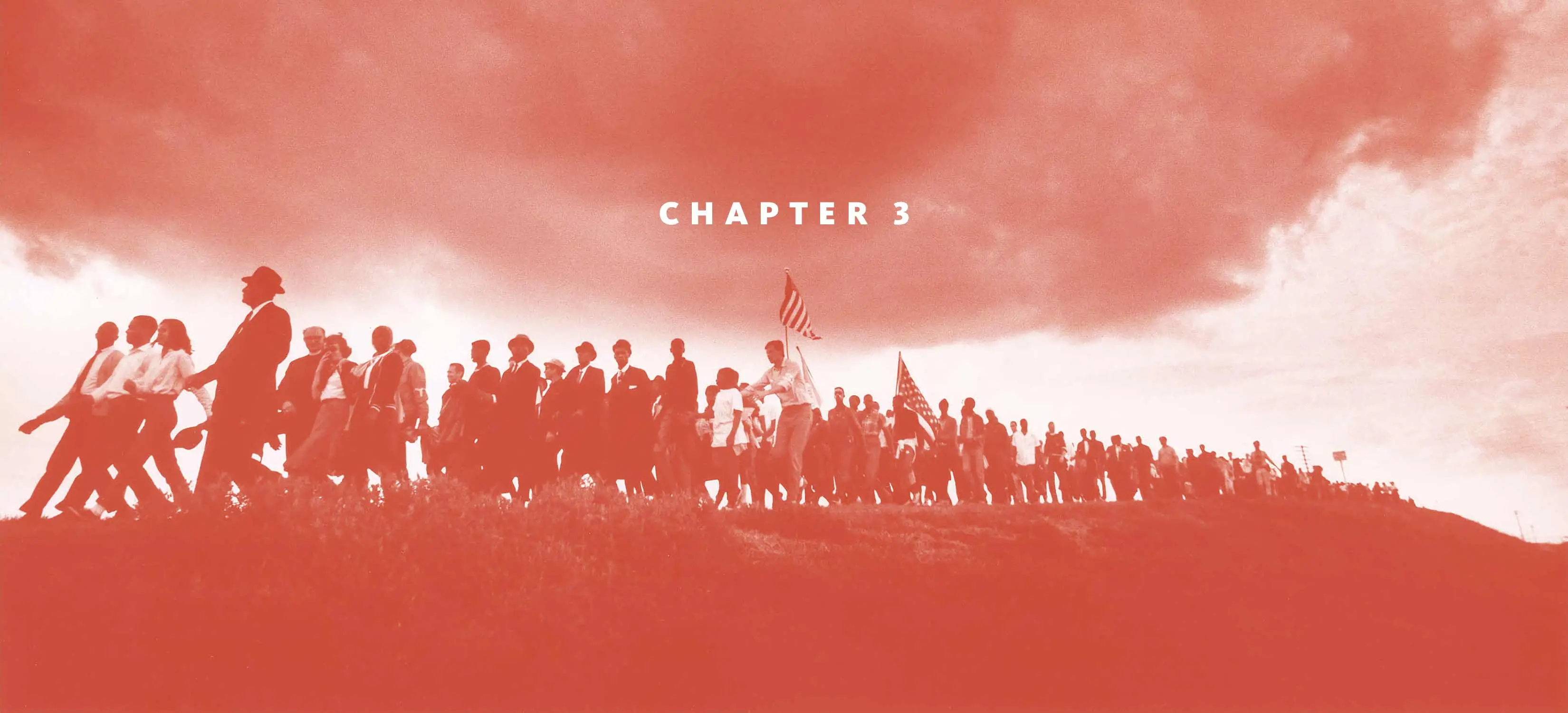
Making Eyes on the Prize: From Fact-Checking to Funding
From the beginning, the producers recognized the importance of scrupulous research and fact-checking. They knew they would be telling a story that would make viewers uncomfortable—some because it highlighted the deep racism of American society, others because it challenged the popular myths of the civil rights movement. Any inaccuracy would threaten the legitimacy of the entire production.
Judith Vecchione

How were we going to make sure that we were unimpeachably honorable about what we were going to do? The material that was going to be shown had to be really, really fact-checked. If you can be attacked on the little stuff, then the big points get lost.
Jon Else

Henry always quoted Daniel Patrick Moynihan: “You are entitled to your opinion, but you are not entitled to your own facts.” That was our guiding principle.
Louis Massiah

Narratives may not be the same as history. A narrative might be a compelling story, it may be entertaining, but might you be doing a disservice to history? History might not have all of those wonderful protagonists and antagonists that you can neatly package and tie up. Sometimes, it’s much more complex.
Kenn Rabin
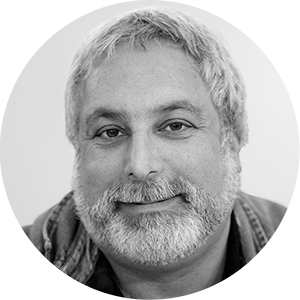
All the facts had to be triple-checked for accuracy. We had to be able to defend ourselves.
Callie Crossley
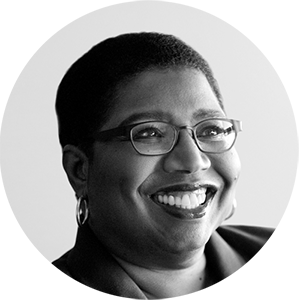
If you said, “It was a sunny day when I marched down the street,” we’d go and look it up. Was it?
Jon Else

All of these things we did at Blackside—this extremely thorough, cumbersome, extensive process of school; our exhaustive, extensive process of fact-checking and archived-footage verification—Ford understood, and they made it possible.
Callie Crossley

Just tell the truth. Lay it out. There’s so much powerful stuff, you don’t have to hype it. But you need to present it in a way that keeps people’s attention and lets them follow your voice.
Judith Vecchione, series senior producer of Eyes on the Prize, explains the importance of facts and fact-checking—especially in social movements.
Kenn Rabin

Bernice Johnson Reagon was an expert on music of the movement, and she guided us on what we should use. So for example, when we were covering the Birmingham movement, what songs were people singing in Birmingham? How would they change the words? One of the big songs was “I’m not going to let so-and-so turn me around, turn me around, turn me around.” So in one city, it would be “I won’t let Jim Pritchard turn me around,” and “I ain’t going to let Bull Connor turn me around.”
Sheila Curran Bernard

At the sound mix for one of our films, the mixer mentioned that he could follow the stories in Eyes on the Prize even with the sound off.
Kenn Rabin

We made the decision to put on camera only people who participated in the events. No scholars. They worked behind the scenes advising us, but they were not going to be in the show.
Orlando Bagwell

The stories are endless, and the dramatic story huge. Tough choices had to be made and agreed on by the entire team of filmmakers. We spent lots of time around our conference table debating the meaning of scenes and stories in the series. Had we captured the essence of the moment? Did we forget the opposition’s true challenges? One of the difficult aspects of historical films is each person’s remembrance of a moment. Conflicting stories of the same moment are acceptable, but how you allow an audience to recognize the fluid nature of perspective and truth has to be monitored.
Sheila Curran Bernard

At a time when historical documentaries tended to focus on World at War-style surveys or host-guided tours of the past, Henry and [series writer] Steve Fayer were committed to reaching viewers at a visceral level by using the techniques of three-act dramatic storytelling. We learned how to recognize, shape, and pitch character-driven stories, told by the people who’d been there, while remaining rigorously accurate to the history. The goal was to actively engage viewers in the drama unfolding on screen, making the experience of viewing more meaningful and memorable, so that the outcome of events feels unknown.
Jon Else

There were plenty of times I felt I was going to go crazy, back in that pressure cooker with all these people screaming and yelling and struggling and this constant diet of bloody archived footage.
Sheila Curran Bernard

There was tension, more in some teams than others, I think. Sometimes it seemed clear that people had very different political points of view or creative approaches; sometimes it seemed like basic chemistry. And this was a series that had a series voice, so individual voices had to serve that overall series vision: Henry’s. That wasn’t always easy for people who had primarily worked independently.
Raw footage from the interview with Curtis Jones, cousin of Emmett Till, on his cousin’s killing. Footage from this interview was used in Eyes on the Prize, and it is from the Henry Hampton Collection at Washington University Libraries. Preservation completed with the support of the Andrew W. Mellon Foundation. Digitization and reassembly completed with the support of the National Historical Publications and Records Commission.
The financial situation at Blackside was always precarious.
Louis Massiah

It took me a moment to understand this, but Blackside was a for-profit business. It wasn’t a highly profitable business by any means, but it’s different working in a for-profit business than a nonprofit business. We arrived at the first staff meeting. Henry came in. He sat down, and then he said, “When I look at your bright, smiling faces, do you know what’s going through my mind? Payroll!” It was a joke, but it was also reality. He was shouldering this responsibility, trying to make a series that as a business model wasn’t quite working.
Jon Else

It was no secret that Henry was living at the edge of financial risk—constantly putting himself and the company in jeopardy, constantly asking his employees to go way beyond the call of duty. But he did it because he knew that otherwise, those movies about the African American experience were just not going to get made.
Kenn Rabin

There were times when we didn’t get paid, and there were a lot of times when vendors didn’t get paid. When you were ready to finish your episode, the archives wouldn’t give you the footage [without a watermark] unless you paid them the license fee. Henry didn’t have the money.
As the end of production drew near, Blackside ran out of money. Henry mortgaged his house to make payroll and defer his creditors. Two weeks later, the Ford Foundation and PBS came through with a grant that enabled the teams to finish production—and ultimately changed the way Ford funded documentary projects.
Cara Mertes
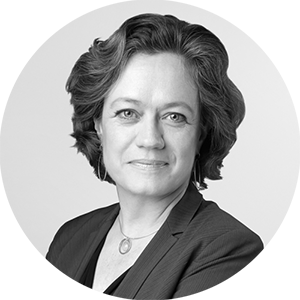
Ford’s two investments—one grant in 1985 when Eyes was beginning, and a closing grant in 1987 when production looked like it might not conclude—were contributions from the human rights program. There was no film program. There were grants made to films, but they would happen sporadically.
Jon Else

The program officers at Ford involved with Eyes on the Prize—Lynn Walker, and later Andrea Taylor—were both African Americans who had lived through that history.
Andrea Taylor
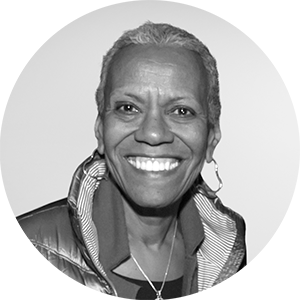
Lynn Walker was head of Ford’s human rights division. She had spirited Eyes on the Prize through, even though the Ford Foundation, like many philanthropies at that time, didn’t fund media. They had funded things like Public Broadcasting, but they didn’t stay with media as a tool for social change. Lynn saw storytelling as a powerful way to have an impact on policy, through the voices of ordinary people telling a story of struggle in the civil rights movement.
Cara Mertes

Andrea came in and said, “We need a continuous media fund. We need to be able to support this kind of storytelling, because we see how important it is.” When 20 million people see a history of the civil rights movement told from the people that led it—not the experts, not the historians, the actual people on the ground—this is a phenomenal gift for the present and the future. I think it was that power that mobilized some inside the Ford Foundation to see that we need to be much more strategic and intentional about how we fund in this area. Since the mid-1990s, Ford has seen funding film as an important piece of a larger strategy to combat injustice.
Jon Else

There was no secret that Henry Hampton had lots of fights with PBS. He could be exasperated with WGBH. But I think he always felt that Ford had his back. Very few people realized that Henry never knew if he could pull this off, an African American producer tackling subjects nobody wanted to put their corporate logo on. I think he woke most mornings in a little bit of a panic. Ford was the brother and the sister he could count on.
Elizabeth Alexander
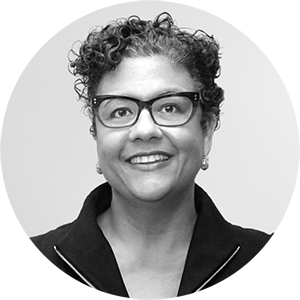
Today we remain interested in: What does it mean to lift up marginalized voices? What is social justice storytelling? How can we support the absolute most aesthetically powerful, durable, lasting excellent work that helps human beings and their stories reach across the void to speak to other human beings and invite them into an empathetic understanding of how we are all connected to each other?
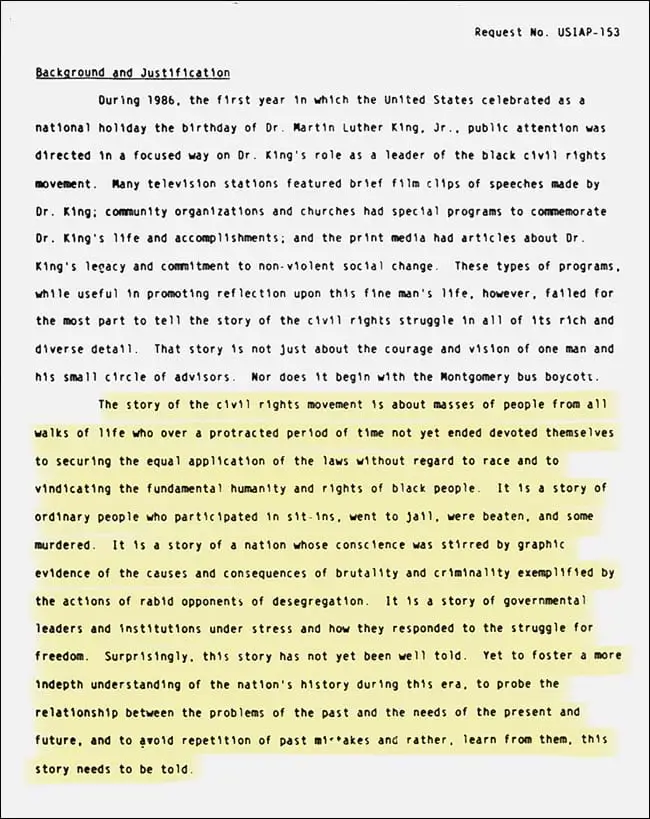
Once the episodes were complete, the teams faced another nerve-wracking challenge: the rough cut screenings.
Sheila Curran Bernard

By design, Eyes had an overall series arc, theme, and chronology, as well as individual episode themes and stories. Our series “voice” was embodied by narrator Julian Bond. We would gather at key steps and be at our most vulnerable, sharing outlines, treatments, assemblies, rough cuts, and fine cuts with everyone on the staff as well as with advisers. The process could be tough, but it also helped to give everyone a sense of how their episode fit within the overall series; it was a “first audience” to gauge how an episode was coming across; and it helped to ensure a consistency in storytelling style, under the guidance of series writer Steve Fayer. The final word was Henry’s, and if you didn’t get it right at those public events, you’d work to get it right before you moved on.
Laurie Kahn

You’re vulnerable at a rough cut stage; it is a very raw version of the film. Most people hold them very close to their chest, but Henry invited hundreds of people to see rough cuts. Everybody’s opinion matters. It was people from different backgrounds. We’re looking to see, where are they bored? Where are they fidgeting? Where are they confused? What needs to be clearer?
Judith Vecchione

When we had the rough cut, there was a moment when the hair stood up on the back of my neck: We promised we’re going to do this important civil rights history, and by God, we’re going to do it.